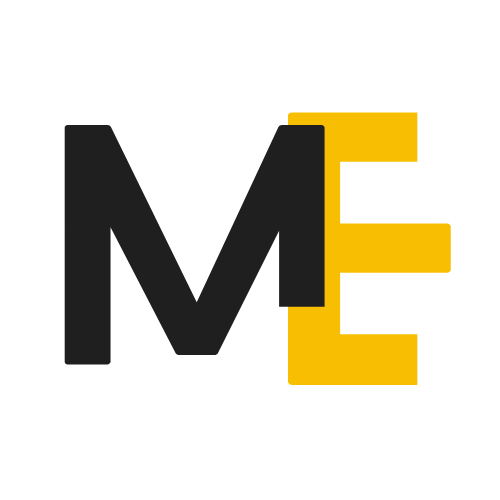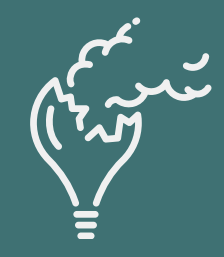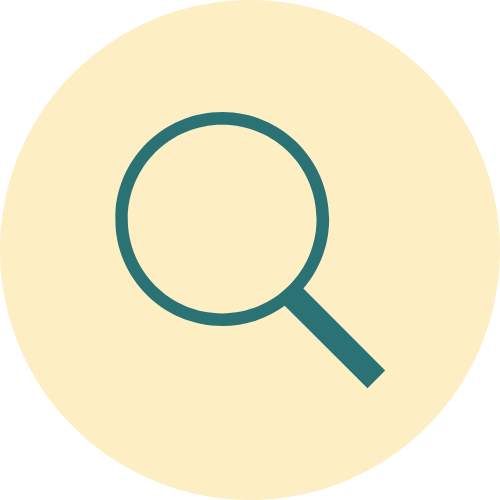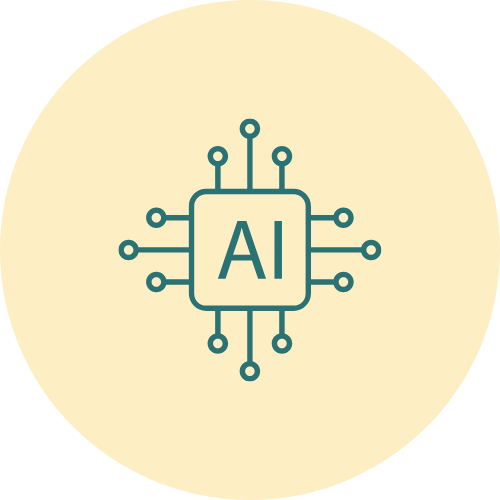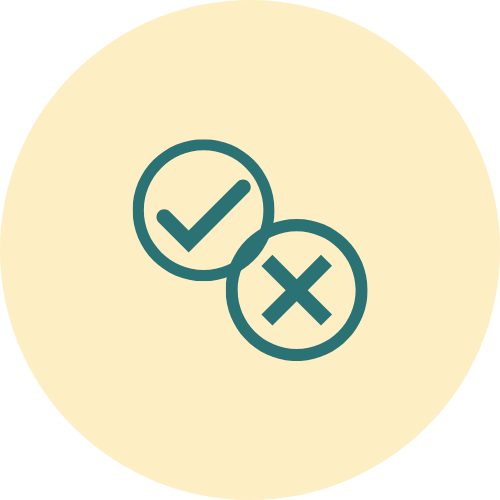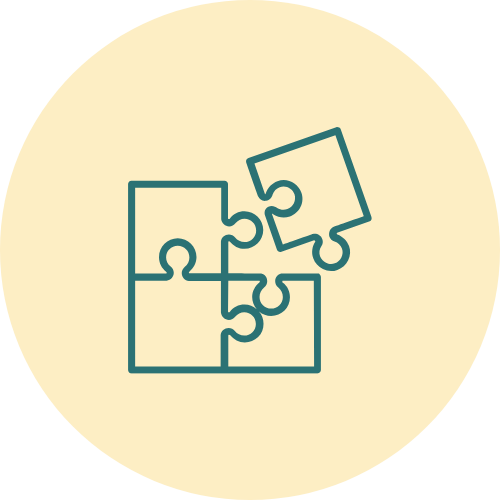Approach: Designing the AI Layer for Talent Acquisition to Drive Scalable Impact
COMMON CLIENT CHALLENGE
Many Talent Acquisition teams are under pressure to adopt AI but lack the bandwidth or clarity to determine where it truly adds value, how to choose the right tools, and how to implement them responsibly.
The result is fragmented experimentation, overlapping tools, and unmet expectations.
Without a clear strategy and integration plan, AI investments fail to reduce workload, improve candidate experience, or accelerate hiring outcomes.
CAUSES
Unclear Use Cases and Outcomes
TA teams often explore AI reactively, without first defining the problems it should solve, leading to poor ROI and tool fatigue.
Tool Overload and Redundancy
With vendors adding “AI” labels to existing features, teams struggle to distinguish signal from noise and often duplicate capabilities across the stack.
Lack of Integration with Existing Systems
Point solutions are adopted without considering how they fit into the ATS, CRM, or broader workflow, limiting adoption and impact.
HOW MODELEXPAND HELPS
Clarify Where AI Adds Real Value
Identify the most impactful, defensible AI use cases across the hiring funnel, from sourcing and scheduling to screening and insights.
Build an AI Tool Evaluation Framework
Define decision criteria for selecting tools aligned to business priorities, compliance standards, and data trust requirements.
Create a Cohesive AI Layer Strategy
Define how AI capabilities are layered into existing platforms (ATS, CRM, HCM) to enhance efficiency, automate workflows, and support scalable, intelligent hiring.
MODELEXPAND APPROACH
Landscape Audit and Needs Analysis
Assess the current TA tech stack, team workflows, and pain points to identify where AI could meaningfully reduce friction or add value.
AI Use Case Mapping
Map potential AI capabilities to the stages of the hiring funnel, prioritizing those with a clear ROI, strong vendor maturity, and legal defensibility.
Tool Evaluation and Selection Framework
Develop a vendor selection rubric including data sources, model transparency, UX, compliance posture, integration readiness, and support models.
Integration and Implementation Planning
Partner with internal IT, HRIS, and TA ops to define integration plans and change management roadmaps—stepping in to lead or support implementation where it makes the most impact, tailored to team maturity.
Enablement and Measurement
Provided TA teams with practical enablement resources and set up success metrics to track adoption, efficiency gains, and candidate experience improvements.
OUTCOMES
STRONGER AI STRATEGY AND GOVERNANCE
Clarity around which AI tools to adopt, how to evaluate them, and how to govern their use across TA, reducing tool sprawl and risk exposure.
IMPROVED RECRUITER EFFICIENCY AND BANDWIDTH
With AI streamlining repetitive tasks, recruiters have more capacity to drive quality hires and deliver a better candidate experience.
FASTER, MORE CONSISTENT HIRING PROCESSES
Automation of repeatable tasks, such as scheduling, screening, and initial outreach, helped compress the time-to-fill and reduce manual delays.
Why ModelExpand?
Our AI roadmapping is led by seasoned TA strategists with both deep recruiting and technical expertise. They’ve scaled high-growth teams, built TA software, and integrated ATS platforms for enterprise clients.
With multiple U.S. patents in recruiting technologies, they bring a rare blend of operational know-how and technical innovation, designing AI roadmaps that account for recruiter bandwidth, messy workflows, and the day-to-day pressures of hitting hiring targets.

